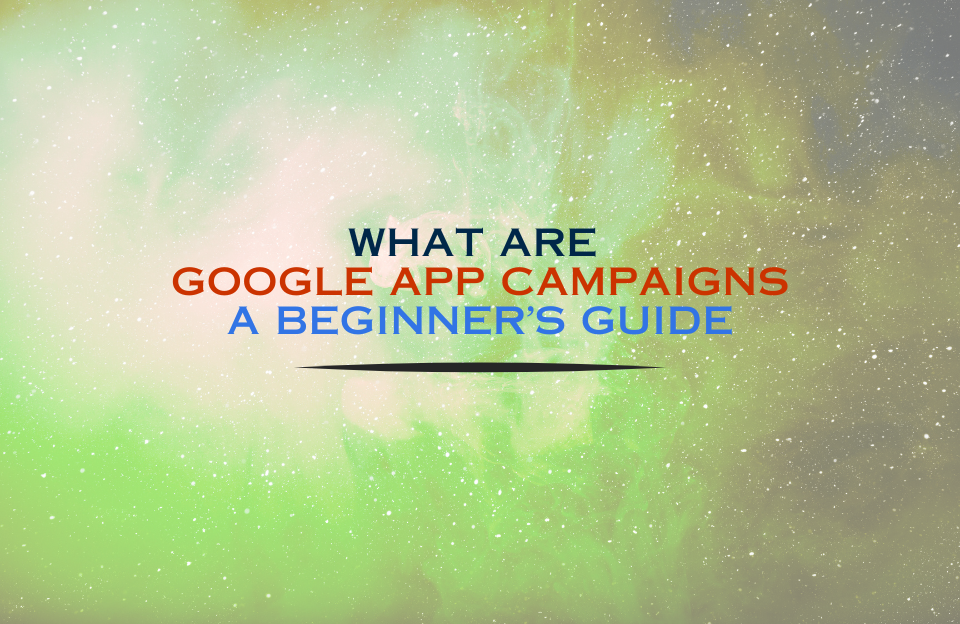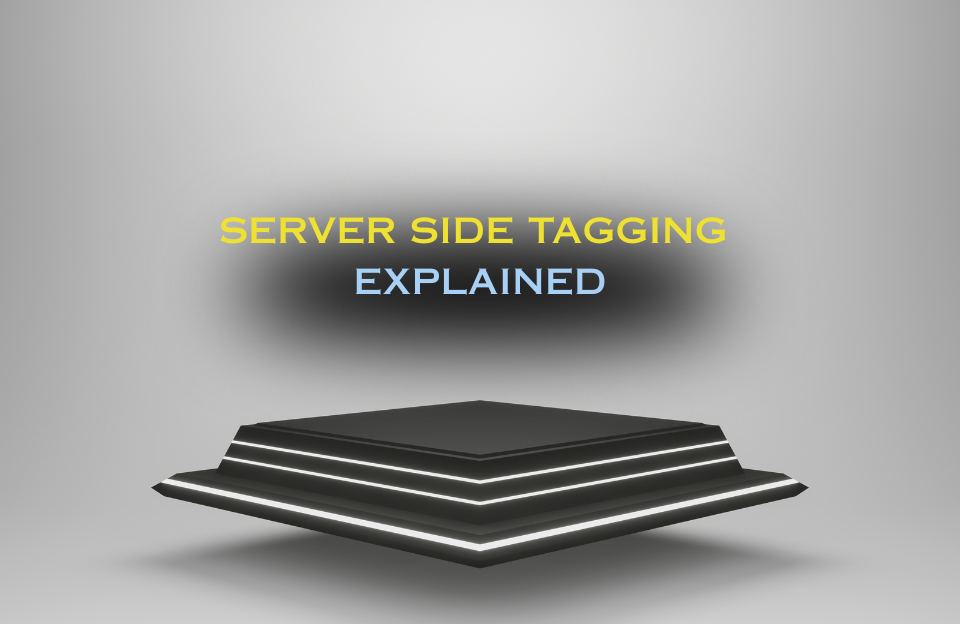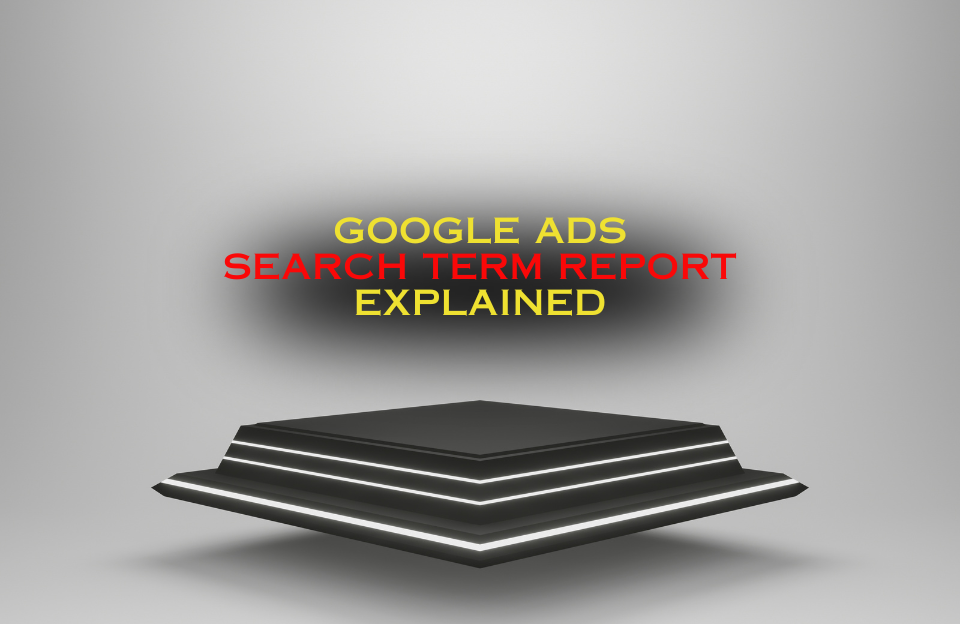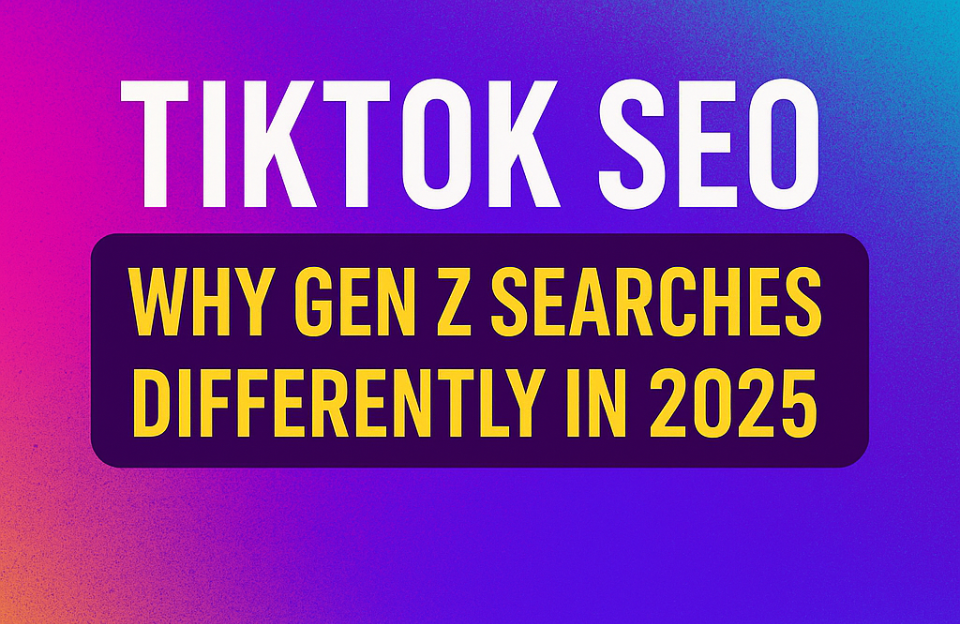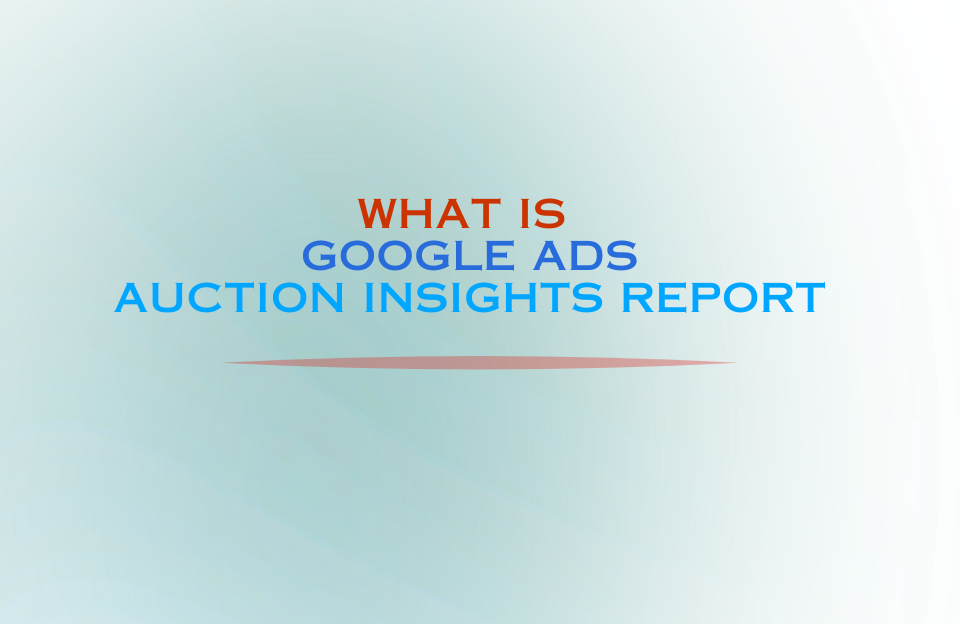Google App Campaigns are a powerful tool within the Google Ads platform, designed specifically to promote mobile apps across Google’s largest properties. These include Google Search, Google Play, YouTube, Discover on Google, and the Google Display Network (GDN). Rather than setting up individual ads, advertisers provide Google with text, images, videos, and bidding information, and the system automatically creates and optimizes ads for the best performance.
What Are Google App Campaigns?
App Campaigns—formerly called Universal App Campaigns (UAC)—allow you to promote your mobile application with a simplified, automated setup. These campaigns help drive app installs and in-app actions (like purchases or sign-ups) using machine learning. The goal can be installs, in-app engagement, or app pre-registrations (for Android only).
Where Do App Campaigns Appear?
- Google Search Network: App ads appear when users search for related terms on Google Search and Google Play.
- YouTube: Ads are shown before or during videos, or as video suggestions.
- Google Display Network: Banner-style ads appear across millions of partner websites and apps.
- Discover Feed: Users scrolling through Discover may see engaging app ads based on interests.
Campaign Goals
- App Installs: Optimize for the highest number of new users installing the app.
- In-App Actions: Optimize towards actions like sign-ups, purchases, or level completions.
- App Engagement: Encourage inactive users to return and take action in your app.
- Pre-Registration: Promote Android apps before launch to gain early interest.
How to Set Up a Google App Campaign
- Go to Google Ads and select “New Campaign”.
- Choose your goal: Installs, Engagement, or Pre-Registration.
- Choose your app from Google Play or the App Store.
- Upload assets: headlines, descriptions, images, videos (optional but highly recommended).
- Set a daily budget and bidding strategy (target CPA or maximize conversions).
- Launch and monitor campaign performance.
Creative Assets: Best Practices
- Use a mix of short and long headlines.
- Include multiple high-resolution images (different orientations).
- Upload portrait and landscape videos to increase reach.
- Include value propositions and calls-to-action.
- Use localization for different languages and regions if targeting globally.
Bidding Strategies
- Target CPA: Ideal when you want to pay a specific amount per install or in-app action.
- Maximize Conversions: Useful for campaigns without conversion history or limited budgets.
Measurement & Optimization
To fully benefit from machine learning optimization, it’s crucial to implement proper tracking:
- Integrate Firebase SDK or use Google Analytics for Firebase.
- Track installs and in-app actions using conversion events.
- Set clear KPIs (Cost-per-install, retention rate, return on ad spend).
- Allow campaigns to run for at least 7–10 days before making significant changes.
Common Use Cases
- Gaming Apps: Drive installs and in-app purchases by targeting users with high lifetime value.
- Retail Apps: Promote seasonal sales and increase mobile transactions.
- Subscription Apps: Attract new trial users and convert them into paying subscribers.
- Fintech Apps: Boost installs and encourage account creations.
Tips for Success
- Provide a rich set of assets (min. 2 headlines, 1 description, 1 image, 1 video).
- Use event-based goals to optimize for quality users.
- Avoid frequent edits—let the algorithm learn before adjusting.
- Use value-based bidding when possible (e.g., target ROAS).
Google Resources
Conclusion
Google App Campaigns offer a streamlined and intelligent way to scale app growth across multiple Google properties. By leveraging automation, smart bidding, and creative diversity, you can reach the right audience with minimal manual setup. Make sure to monitor performance, use proper tracking tools, and continuously refine your assets to ensure long-term success in a highly competitive app ecosystem.
